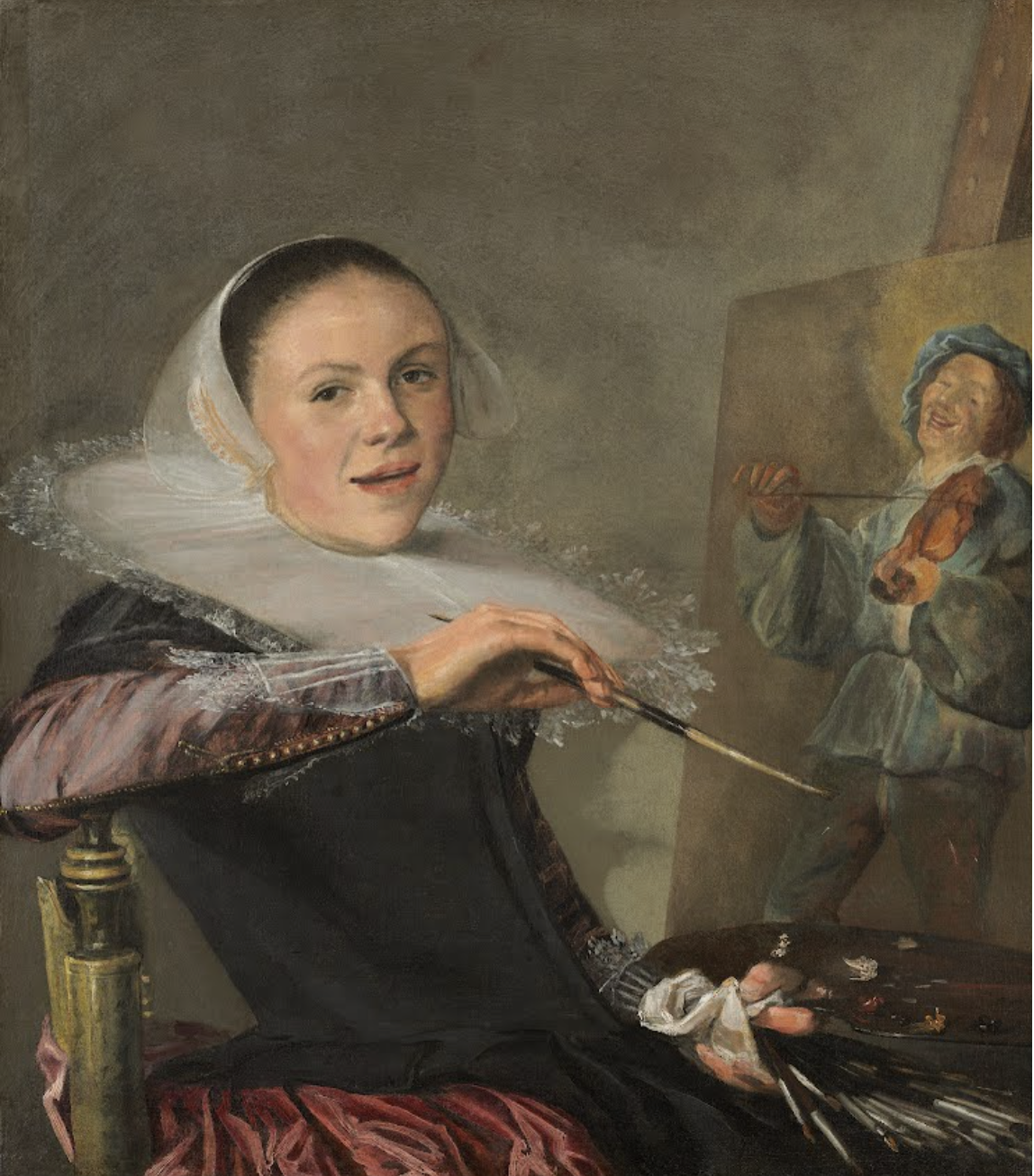The Growing Impact of Women in the Art Industry

The Growing Impact of Women in the Art Industry
By Bob Teague and Art Peritus Staff
The art industry has long been influenced by the contributions of women—you just have to list off names like Guggenheim, Whitney, Parsons and Gardner to see that. However, in recent decades, there has been a growing momentum of women at all levels getting involved in the industry, shaping the artistic landscape, and influencing market trends.
This recent surge in women in the art industry has played a vital role in breaking down barriers, challenging stereotypes, and promoting inclusivity within the art world.
“I think (women) have broadened the field away from areas where it may have been in some cases an Old Boys Club to be something more dynamic, broader, and inclusive,” says Jennifer Krieger, managing partner at Hawthorne Fine Art, a gallery that specializes in 19th and early 20th century American art with an emphasis on historic female artists. “I see many of my colleagues observing artwork in a more fresh and direct manner and redefining the canon of American Art.”
By expanding diversity and visibility for female artists, we are enriching the cultural dialogue and actively shaping the future of the art industry as a whole. Their distinct perspectives, approaches, and styles have not only contributed to the evolution of artistic movements but have also dismantled outdated gender stereotypes.
According to Jennifer Garland Ross, AAA, founder of the art appraisal and advisory firm Art Peritus, the inclusion of more female artists in galleries and exhibitions goes beyond just fairness. “It’s crucial for the enrichment and evolution of the art world. Showcasing more female artists broadens the range of perspectives and narratives in the art world,” Ross says. “Different life experiences and viewpoints contribute to a richer, more nuanced cultural dialogue.”
Although there is improvement, Ross also notes that “female artists still continue to face significant underrepresentation in museum collections and art galleries.” According to the National Museum of Women in the Arts, America’s top 18 museums house an overwhelming 87% of work by male artists. Concurrently, art galleries in Europe and North America only feature about 14% of artwork created by female artists. Similar underrepresentation of female artists is also reflected in private collections. According to the 2023 Art Basel & UBS Global Art Market Report that surveyed over 2,800 high-net-worth collectors, their art collections are dominated by male artists, with a ratio of 61% to 39% female, however, it is an improvement from 33% female artists in 2018.
The impact of women on the art industry extends beyond the creation of art. “Woman-owned businesses open fresh pathways to potentially untapped earnings,” Leslie Gat, president of Art Conservation Group, says. “Arguably all new businesses do this, but the surge in woman-run businesses and women in important positions across the board—as dealers, insurers, conservators, collectors, collection managers, advisors, critics and others—can’t help but create new vibrant communities with participants who want to connect and make things happen.”
There is a synergy between new ideas and perspectives that accelerates the economic potential. More perspectives excite more possibilities and introduce more artists. More artists in turn, offer more opportunities. This compounding effect moves the needle forward through time as future generations of women and other diverse groups broaden what art is and what the art industry can be.
The Takeaway
The art industry is continuing to be enriched by the contributions of women. Their influence extends from shaping the artistic landscape to influencing market trends and collector preferences. By breaking down barriers, challenging stereotypes, promoting inclusivity, and adding new opportunities for artists and collectors, women are playing a vital role in the dynamic evolution of the art industry.
In short, the art world is more valuable when it presents opportunities and reflects the diverse perspectives of everyone.
SOURCES
Leslie Gat, founder of the Art Conservation Group, is a 35-year art industry veteran as a conservator for major museums and private collections worldwide. She is a fellow with the American Institute for Conservation and is an adjunct faculty at the New York University Institute of Fine Arts Conservation Center.
Jennifer C. Krieger, managing partner of Hawthorne Fine Art, has almost a quarter of a century in the art industry. She was co-curator of the “Remember the Ladies: Women of the Hudson River School,” the first exhibition dedicated to the work of female Hudson River School artists. She is also a member of the Appraisers Association of America and currently serves on the Landscape / Viewshed Advisory Committee of the Olana State Historic Site.
Jennifer Garland Ross, AAA, is the founder of Art Peritus, LLC, an art advisory and appraisal consortium. She is a certified member and former board member of the Appraisers Association of America with almost 30 years in the art industry in a variety of roles.
Bob Teague is a freelance online creator, marketer, and journalist with 30 years of digital, print, radio, and television experience. He can be reached at coldwaterflatinfo@gmail.com.
Jennifer Garland Ross, AAA
Jennifer founded Art Peritus, LLC, in 2007 and grew it into an art advisory and appraisal consortium comprising of over fifty high-level specialist appraisers and advisors. The firm covers fine and decorative arts, jewelry and wine and provides services for Insurance Companies, Museums, Bank & Trust Officers, Corporations, and Private Collectors. Fun Fact: Jennifer has had a crazy fascination for 17th & 18th century state beds ever since she was a little girl growing up in the UK. It was the focus of her Masters Dissertation and is now the focus of an historical fiction novel that follows a red-headed appraiser through her discovery of a long lost 17th century state bed.
